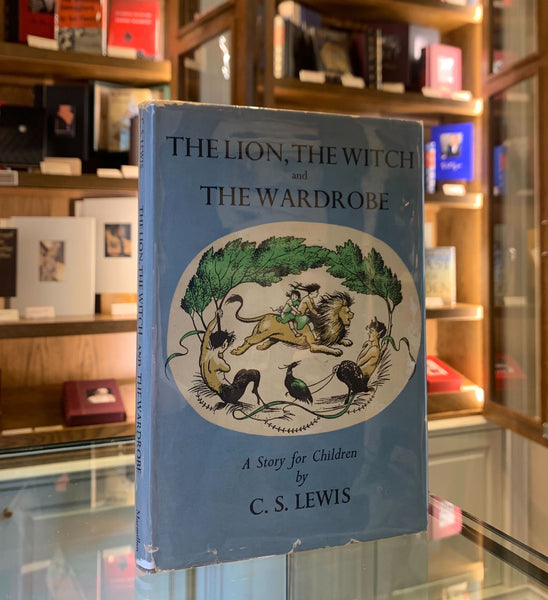Illustrating Alice: John Tenniel

One of my favorite books in our collection is our first US printing of Through the Looking-Glass, and What Alice Found There, Lewis Carroll, published in 1872. Written as a sequel to Alice’s Adventures in Wonderland, Through the Looking-Glass describes Alice’s further adventures as she moves through a mirror into another unreal world full of whimsy and bizarre characters.
Like its predecessor, Through the Looking-Glass is full of charming and whimsical illustrations by Victorian artist John Tenniel (1820-1914). John Tenniel began his career by studying fine art at the Royal Academy of Arts in London. He faithfully copied sculpture, illustrations from books of costume and heraldry, and scenes of live plays. He had a gift for depicting movement – attributed to his father, a fencing and dancing master – but his true talent was his photographic memory that made it easy for him to caricature and replicate familiar faces. He took this talent to Punch Magazine, where he eventually became principal cartoonist.
It was Tenniel's satirical caricature work for Punch that first caught the eye of author Lewis Carroll. Carroll and Tenniel worked together on Alice’s Adventures in Wonderland. And despite strong, oftentimes clashing personalities and many differences in opinion about how best to illustrate the fictional characters, Tenniel and Carroll teamed up yet again on Through the Looking-Glass.
Tenniel drew from a vast range of sources for his Alice work, including fine art, medieval heraldry, caricature, and his previous work for Punch. The illustrations for Alice and Through the Looking-Glass are that much more admirable when one considers the colossal task at hand for Tenniel. Carroll’s texts, prime examples of the literary nonsense genre, were often light on tangible descriptions. So Tenniel had to invent his own characterizations of Tweedledum and Tweedledee, the verses "The Walrus and the Carpenter," and of the now-famous "Jabberwocky" as seen below.
Set against the sinister, gathering gloom of the “tulgey wood,” Carroll’s descriptions of the Jabberwocky are surrealistically grotesque: its “jaws that bite,” “claws that catch,” and “eyes of flame” evoke true horror. Tenniel drew inspiration from medieval illustrations of St. George and the Dragon for his beastly Jabberwocky. Yet he also playfully added the detail of the three buttoned waistcoat to humorously undercut some of the Jabberwock’s menace, and make it more palatable for its intended young audience. It is playful and creative touches like this that made his illustrations, and Carroll’s stories, so successful and loved.
Tenniel established the enduring visual identity for Alice and her companions. His work helped to elevate the status of book illustrators on a whole and inspired many future famous illustrators, like Ernest Shepard, who eventually became principal cartoonist at Punch, and Arthur Rackham, who eventually illustrated his own version of Alice’s Adventures in Wonderland.
Also in Blog

A Closer Look at Lincoln: Who Was Joseph C. Audenried?

The Flying Tigers




